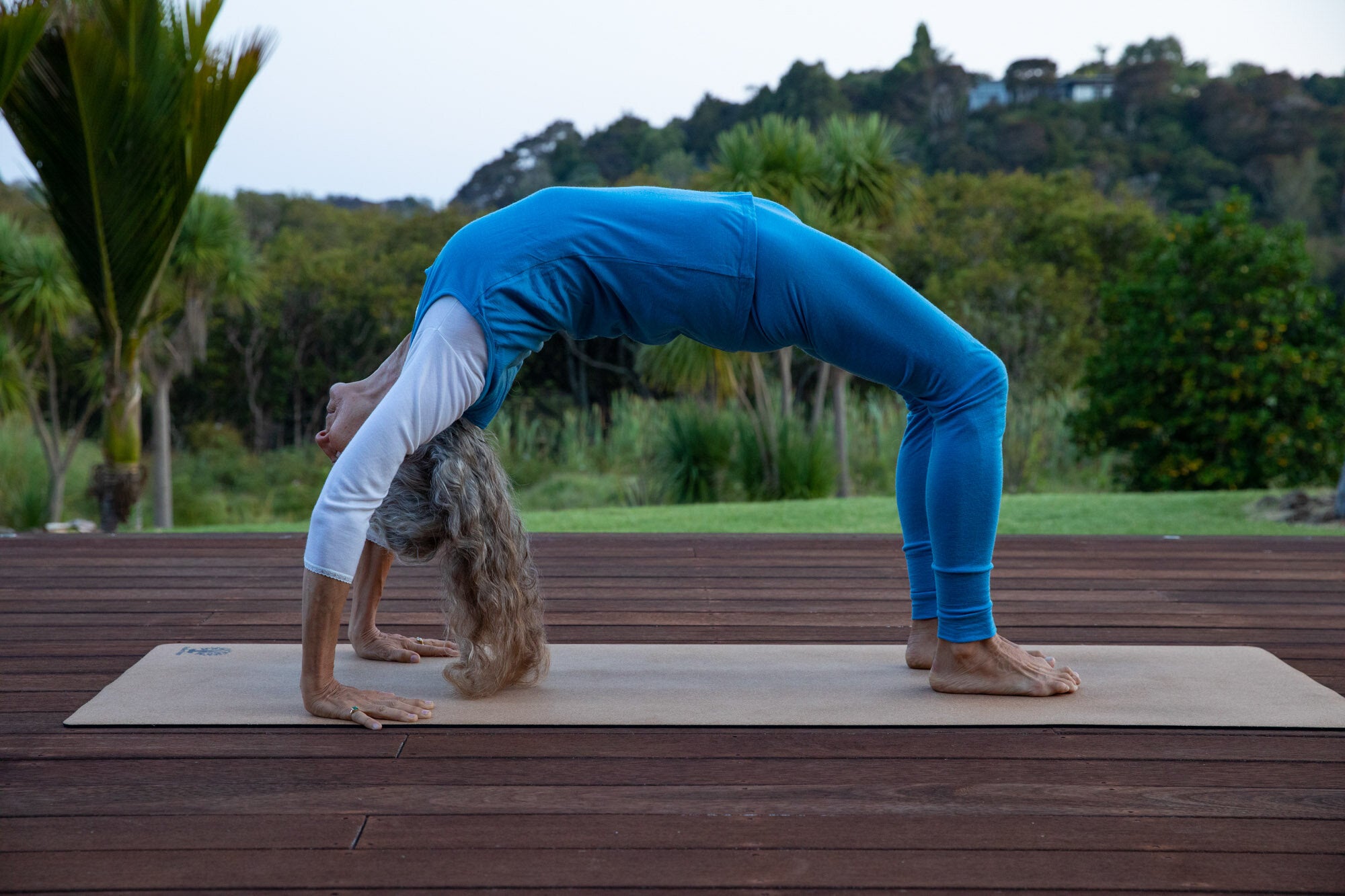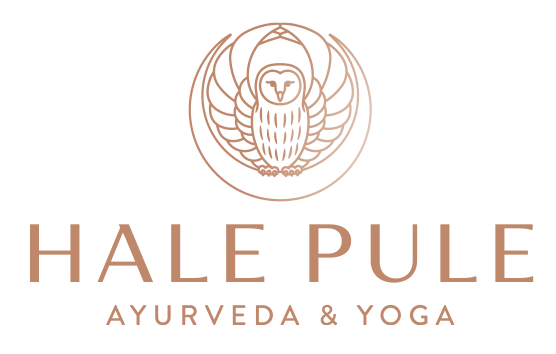
When you describe yourself - how much of what you say is true?
The story you tell about yourself - where does it come from? Is it from what other people say? Maybe your parents always described you in a certain way - oh Julia, she’s so daring. Scotty! What a clown. And maybe these labels given by others became your identity.
The identity is really just a creation - a tailored suit stitched together by threads of thought. What does your suit look like? Is it worn down in certain places, crisp and neat in others? Does the fabric flow gracefully or is it heavy with dirt and stains?
When you take an honest look at how you view yourself, you can begin to see how much of your story has been fashioned through outside influence. What you have understood as your truth has really been more about you coming into agreement with another person’s point of view.
One of my students was put into ballet as a child, but she didn’t go very far with it because she was told she wasn’t flexible. She has continued to tell herself that she's not flexible throughout her years of practicing Yoga, and the belief has proven to be a limitation.
A belief is not the truth - it’s just a pattern of thought. The truth can be found in stillness - by quieting the mind, going inside and connecting to your Self. Then you can begin to see things as they are. Then you can begin to practice Satya - or self-honesty.
My student found that practicing satya on the mat has opened up her practice. Instead of judging herself for being in a certain place, she opened up to her inner truth and realized that everything is always changing. She has come to understand that flexibility happens first in the mind and then the body will follow. And from that point of view, she has been able to appreciate where she is in asana and not push herself aggressively forward.
Practicing satya and taking things step-by-step yields amazing results. And a great place to start integrating satya into your asana practice is with urdhva dhanurasana.
Essence, anchor and strength
Here's a review of our simple framework for a sustainable approach to asana practice. A pose is broken down into three elements: essence, anchor and strength. Routinely approaching asana with an understanding of these components will support the healing flow of prana and allow for a practice that can be sustained throughout your life.
Essence - the intention of the pose.
The essence of urdhva dhanurasana is to open the front side of the spine.
Anchor - connection to the earth.
The anchor points are the hands and feet.
Strength - muscular engagement for optimal alignment.
Strength is drawn from the legs, buttocks and back muscles.
Urdhva dhanurasana from the ground up
This is a pose to work up to – one to approach after you have established a regular asana practice and warmed up your body with surya namaskar, sun salutations, standing poses, and inversions.
Setu bandhasana is a great pose to prepare your body for urdhva dhanurasana.
1. Lay on your back with your feet hip-distance apart, heels directly below your knees. Place your palms flat on the ground next to your ears. Your fingers should point toward your shoulders with your wrists parallel to the top edge of your mat. Your elbows should be bent and pointing straight up (tip: If your shoulders are tight, turn your hands out so your fingers point slightly away from your body. You can even go as far as placing your wrists parallel to the sides of your mat.).
2. Engage neutral spine by extending your tailbone 1/8th inch toward your feet. Hold this throughout the pose. Neutral spine will keep your low back protected, and encourage the lengthening action to happen evenly through the spine, rather than only in one place.
3. Press firmly into the floor with your feet. Breathe and use the strength of your legs and buttocks to lift your pelvis off the floor, keeping your knees above your heels and feet stationary through the entire pose. You can come to the top of your head here, but only for balance; avoid putting weight on your head.
4. Continue to press into the ground with your feet and hands, then extend your arms and lift your head off the ground. Your shoulders should be above your hands. Let your head hang naturally and lift your pubic bone toward the ceiling. Your drishti, or gaze, is at the tip of the nose or at one spot that is not moving.
5. Hold this pose for 15-20 ujjayi breaths. Your breath may get louder as you hold the pose, but it should not be strained or absent. To come down, lower straight down ad you bring your chin toward your chest so that the first thing you lay on the floor is the back of your head. Be mindful that you don't push your weight into your feet and end up with your knees past your toes. Bring your entire spine to the floor in one movement, like a plank. Follow with a calming forward fold or neutralizing twist and then take savasana, corpse pose.
Like all asanas, practice urdhva dhanurasana without pain. If you continuously work at or beyond your edge, you are letting your ego lead your practice and can easily injure your body. Practice two steps away from your edge so that you are kind to yourself and your breath can share its beautiful wisdom.
Common trouble spots
Feet not aligned under knees
If your feet are too close to your buttocks you can put strain on your spine. When you set up, place your feet directly beneath your knees for the greatest stability. You can look at the alignment to begin and eventually you will learn to feel the proper placement. Once you have found the correct alignment, keep your feet in the same place throughout the entire pose.
Elbow and hands out of alignment
Your elbows should be facing directly up toward the ceiling, not pointing out to the sides or crowding your face. Be sure your fingers are pointing toward your heels or slightly out toward the outside edge of your mat (see our tip above for tight shoulders).
Feet wider than hips
Your feet, as an anchor for this pose, should align directly with your hips and under your knees. This provides the most solid foundation for the pose and allows you to find your full expression.
The fold
The restriction in this pose comes from tightness in the chest, abdomen and quadricep muscles. When they are tight it is not uncommon for students to collapse into the most mobile (area where the stable structure of the sacrum meets the more movable lumbar spine) or weakest part of their spine. This collapse results in putting pressure on the spine and discs as well as avoiding the areas of restriction - the chest and thighs. Maintain neutral spine throughout the pose to keep the length balanced through the length of the spine and avoid collapsing into a fold.
Modifications
Move feet further away from buttocks to create more space.
Rotate palms so that fingers face out to facilitate opening in upper spine and keeping the shoulders safe.
